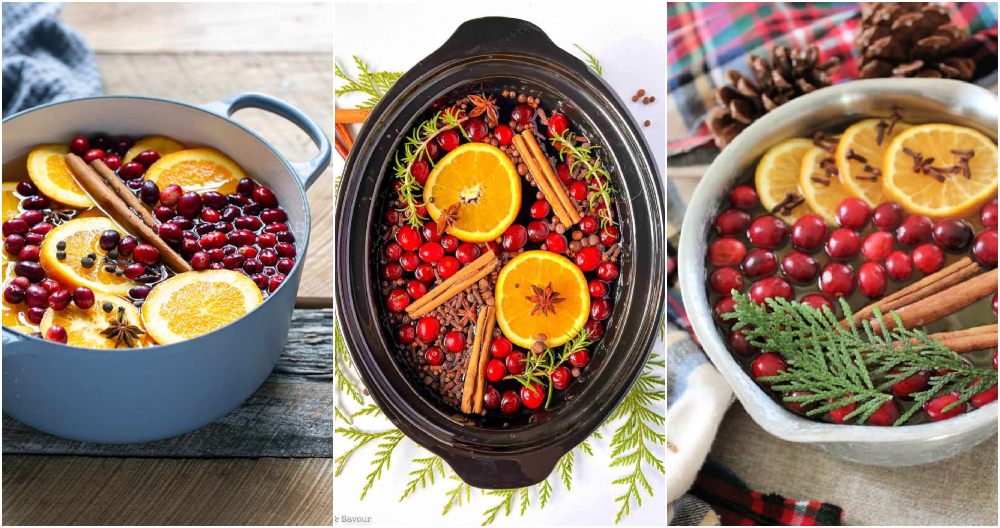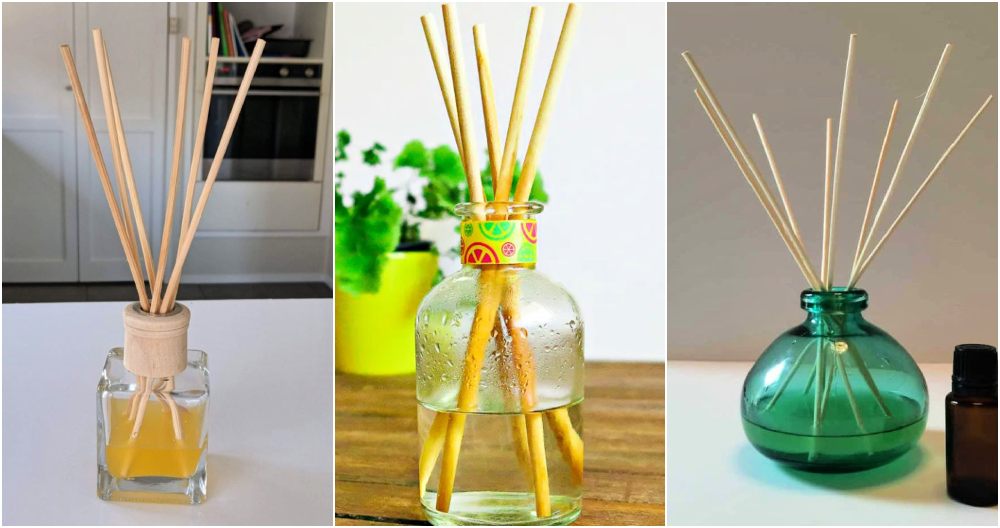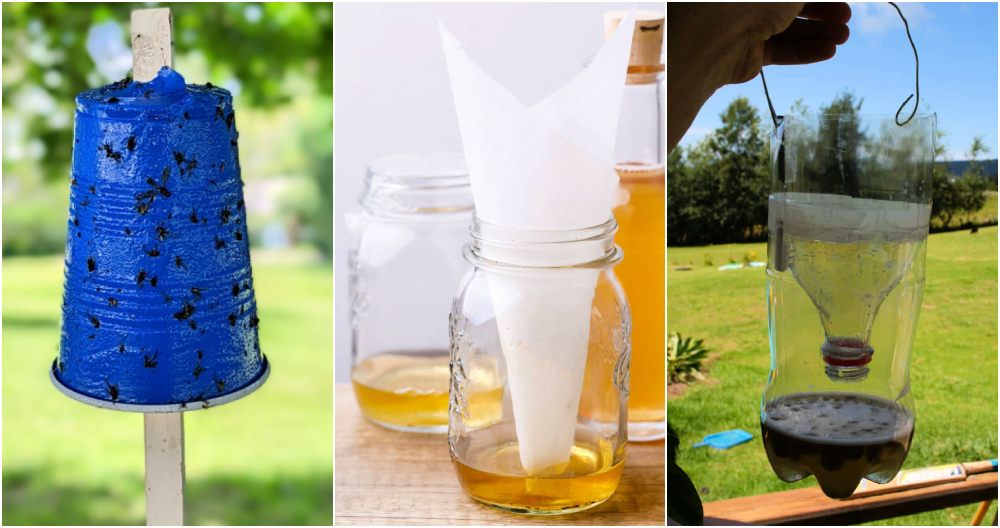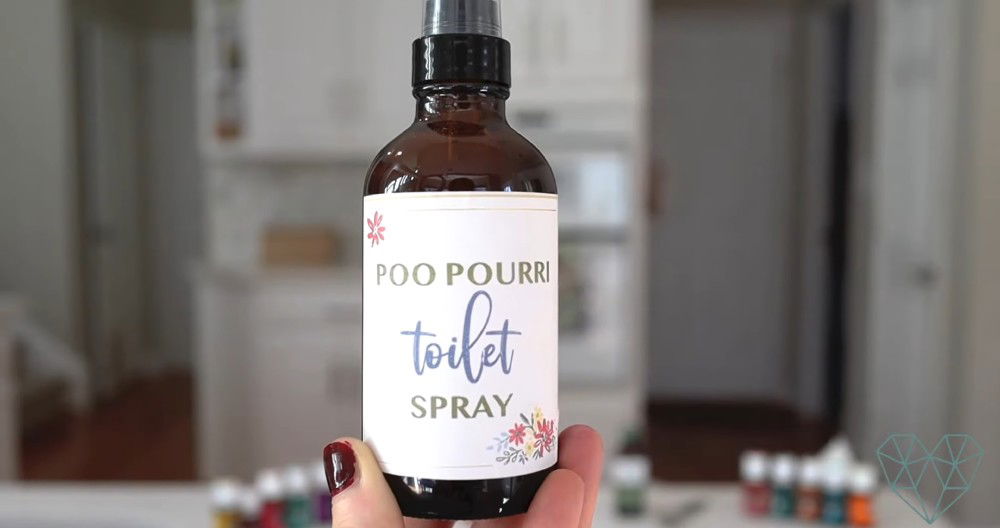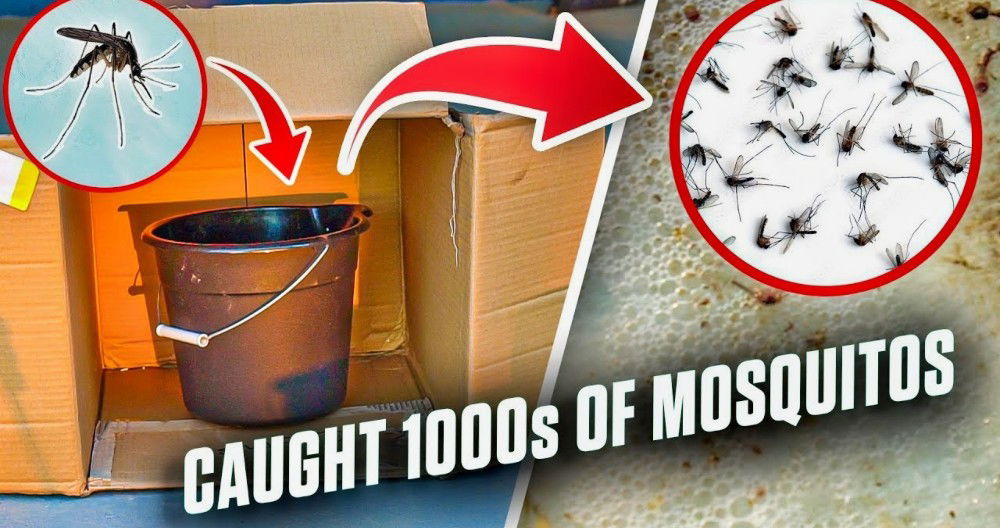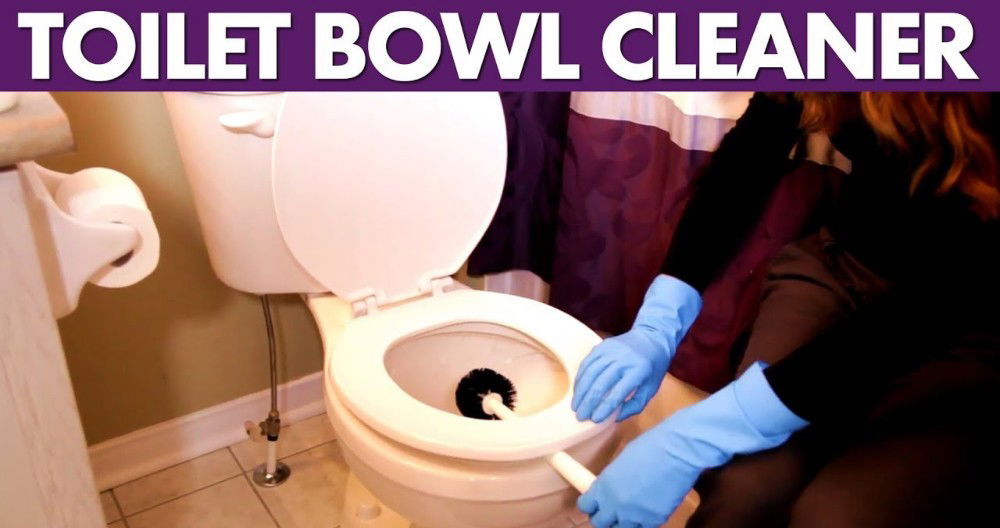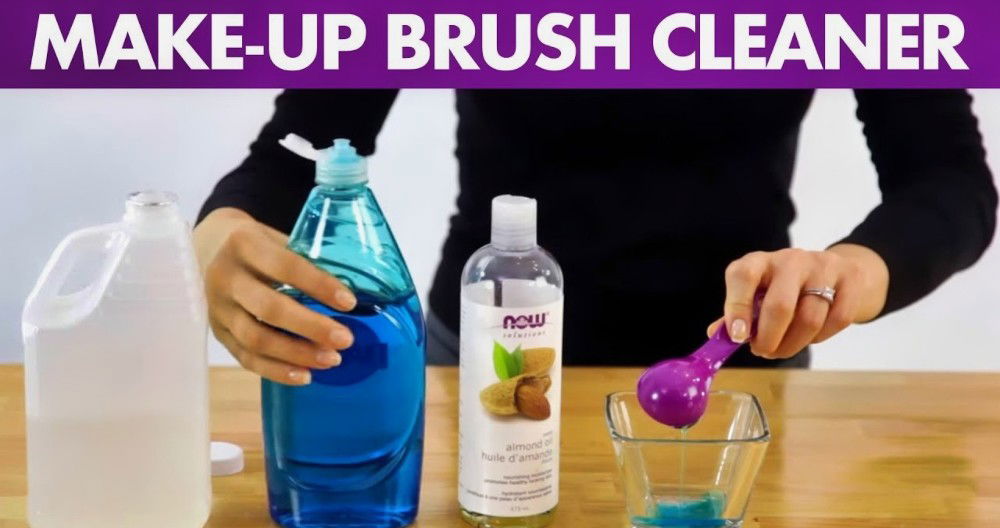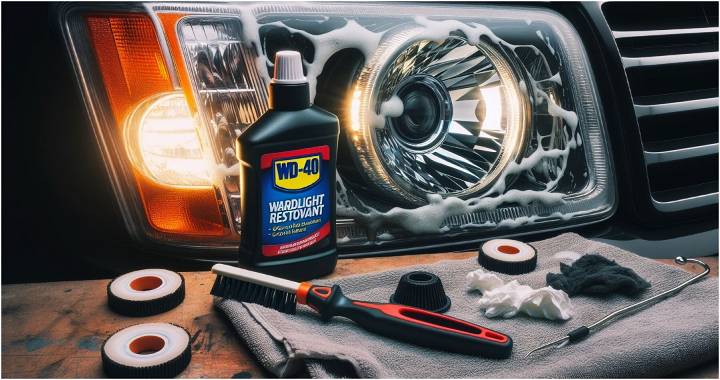Wasps are a diverse group of insects with over 30,000 known species. They play a crucial role in ecosystems as pollinators and predators of other pests. However, their stings can be painful and potentially dangerous, making them unwelcome guests in our homes and gardens.
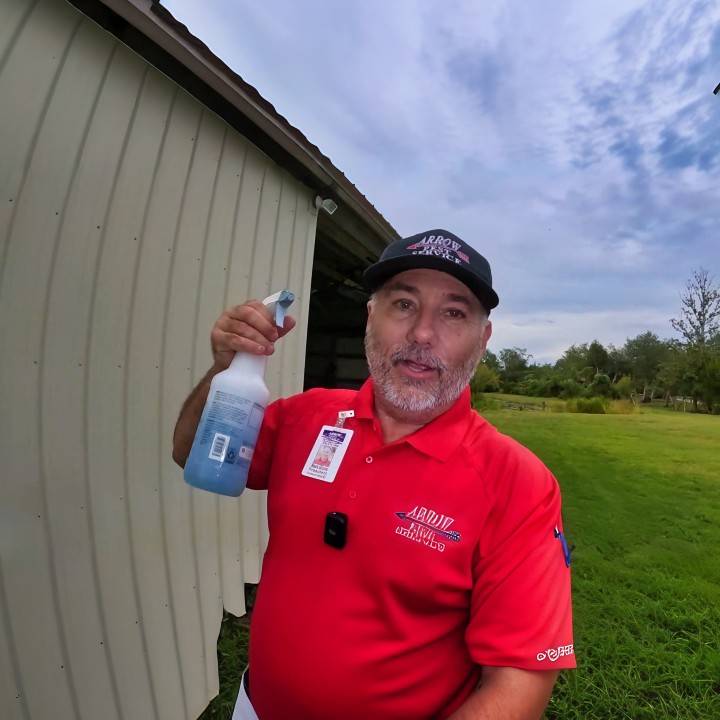
Wasp Behavior and Habits
Wasps are social insects that live in colonies, often in nests that they build themselves. They are most active during the day and are attracted to food and sweet substances. Wasps can become aggressive if they feel threatened or if their nest is disturbed.
- Seasonality: Wasps are most active in the warmer months, with their populations peaking in late summer and early fall. During this time, they are more likely to come into contact with humans.
- Diet: Wasps are omnivores. They feed on a variety of foods, including insects, spiders, and caterpillars, as well as fruits, nectar, and human food waste.
Recognizing Wasps
- Appearance: Wasps have a characteristic thin waist (known as a “wasp waist”) and two pairs of wings. They are usually black or brown with yellow or white markings.
- Size: The size of a wasp can vary greatly depending on the species. Common wasps typically measure about 1.6 cm in length, but some species can be much larger.
- Sting: Unlike bees, wasps can sting multiple times. A wasp's sting is usually painful and can cause an allergic reaction in some people.
Understanding wasps and their behavior can help you deal with them more effectively. Remember, if a wasp problem becomes too large or dangerous, it's best to seek professional help.
Identifying Wasp Nests
Identifying a wasp nest is the first step in dealing with a wasp problem. Here's what you need to know:
Recognizing a Wasp Nest
- Appearance: Wasp nests have a distinctive look. They are often round or oval and made of a papery substance that the wasps produce by chewing wood and mixing it with their saliva. The color of the nest can vary from gray to brown.
- Location: Wasps can build their nests in a variety of places, including in trees, under eaves, or in holes in the ground. They prefer locations that are protected from the elements and predators.
When to Approach a Wasp Nest
- Time of Day: Wasps are less active during the cooler parts of the day. Early morning or late evening is the safest time to approach a wasp nest.
- Season: Wasp nests are typically found in the spring and summer when the queens start new colonies. By late fall, most wasps die off, leaving only the new queens to survive the winter.
Safety First
Wasp nests can be dangerous to approach, especially if you are allergic to wasp stings. If you find a wasp nest and need to deal with it, make sure to wear protective clothing and keep a safe distance. If the nest is large or the wasps are aggressive, it's best to call a professional.
How to Make Wasp Killer - Step by Step Guide
Kill wasps safely and cheaply with this DIY guide. No harmful chemicals needed. Say goodbye to worries.
What You'll Need
- Dawn Liquid Dishwashing Soap: The star of our show, known for its ability to quickly and safely eliminate wasps.
- Water: Acts as the carrier for our soap.
- A Spray Bottle: Where our soap and water mixture will go.
- Safety Gear (Optional): Though this method is safe, you might want to use gloves or glasses for extra protection.
Step-By-Step Instructions
Discover how to make your own environmentally friendly wasp spray at home with simple ingredients.
1. Prepare Your DIY Wasp Spray
- Mix: Combine one part of Dawn dishwashing soap with two parts of water in your spray bottle. Shake it well to ensure the soap is fully mixed with the water.
2. Locate Wasp Nests
- Scout: Take a careful walk around your property to spot any wasp nests. Look under eaves, inside barns or sheds, and around outdoor furniture.
3. Plan Your Attack
- Strategy: Plan to spray during late afternoon or evening when wasps are less active and most are at the nest. This increases the chance of hitting the entire colony.
4. Apply the DIY Wasp Killer
- Spray: Approach the nest slowly and calmly. Spray generously at the nest entrance and on any wasps outside the nest. The soap-water solution works instantly, penetrating the wasps' exoskeletons and causing them to drown.
5. Monitor and Repeat If Necessary
- Observe: After the application, keep an eye on the nest from a safe distance. While the solution is highly effective, sometimes a second round is needed to ensure all wasps are eliminated.
6. Clean Up
- Remove: Once you confirm all wasps are dead, it's safe to remove the nest. Use a long stick to knock it down and dispose of it properly.
Safety Tips
- Safe Distance: Always maintain a safe distance when spraying, especially if you're allergic to wasp stings.
- Protective Gear: Although optional, wearing long sleeves, pants, and protective eyewear can offer an extra layer of safety.
- Avoid Sudden Movements: Be slow and steady. Rapid movements can provoke wasps.
Video Tutorial
For a step-by-step visual guide, watch this helpful YouTube video.
It showcases the technique discussed, presenting a clear and easy-to-understand overview of the process.
This video complements our guide, providing a detailed look at the DIY wasp removal process. Save money and feel satisfied by handling the problem yourself.
Natural Wasp Repellents
Natural wasp repellents can be a safe and eco-friendly alternative to chemical pesticides. Here are some methods you can consider:
Plants That Repel Wasps
Certain plants are known to deter wasps. Planting these in your garden can help keep wasps away:
- Mint: This plant has a strong aroma that wasps find unpleasant. You can plant mint in pots around your patio or garden.
- Wormwood: Also known as Artemisia, this plant is another natural wasp deterrent.
- Basil: Wasps dislike the scent of basil. Planting it can help deter wasps and it's a great herb to have for cooking as well!
Essential Oils
Essential oils can also be effective wasp repellents. Here are a few that work well:
- Peppermint Oil: Wasps dislike the smell of peppermint oil. You can mix a few drops with water and spray it around areas where you've seen wasps.
- Lemongrass, Clove, and Geranium Oil: A mixture of these oils can be an effective natural wasp repellent.
DIY Wasp Repellent Spray
You can make a homemade wasp repellent spray using natural ingredients. Here's a simple recipe:
- Mix 1 cup of water, 2 teaspoons of dish soap, and 10-15 drops of peppermint oil in a spray bottle.
- Shake well before each use.
- Spray around outdoor areas where you want to repel wasps. Avoid spraying directly on plants and flowers.
While these natural repellents can help, they might not eliminate a large or established wasp infestation. If you're dealing with a serious wasp problem, it's best to call a pest control professional.
Seeking Professional Help
There are times when a wasp problem becomes too large or dangerous to handle on your own. In such cases, it's best to seek professional help. Here's what you need to know:
When to Call a Professional
- Size of the Infestation: If you're dealing with multiple nests or a large number of wasps, it's time to call a professional.
- Location of the Nest: Nests located in hard-to-reach areas, like inside walls or under roofs, should be handled by professionals.
- Allergic Reactions: If you or someone in your household is allergic to wasp stings, don't risk it. Call a professional immediately.
Choosing a Pest Control Service
When choosing a pest control service, consider their experience, customer reviews, and whether they use environmentally friendly methods. Always ask for a quote before hiring.
Safety is paramount when dealing with wasps. Don't hesitate to seek professional help if you need it.
Preventing Future Wasp Infestations
Preventing wasp infestations is just as important as dealing with existing ones. Here are some strategies to help keep wasps at bay:
Regular Inspections
Check your property regularly for signs of wasp activity. Early detection can make it easier to deal with a potential infestation.
Proper Waste Management
Wasps are attracted to food and sweet substances. Secure your garbage bins and clean up food spills promptly to avoid attracting wasps.
Seal Entry Points
Wasps often build nests in wall cavities and roof spaces. Seal cracks and crevices in walls, roofs, and eaves to prevent wasps from entering and building nests.
Use of Repellents
As discussed earlier, certain plants and essential oils can act as natural wasp repellents. Consider incorporating these into your garden or outdoor spaces.
Regular Maintenance
Keep trees and shrubs trimmed, as they can often provide nesting sites for wasps. Regular maintenance of your garden can help deter wasps.
Prevention is the best form of pest control. By taking these steps, you can reduce the likelihood of a wasp infestation in your home or garden.
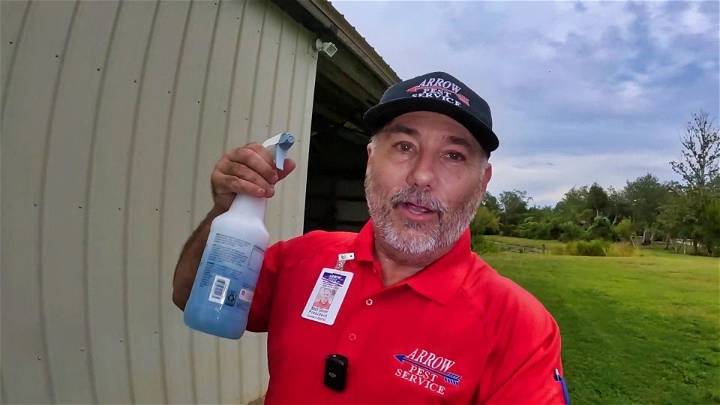
FAQs About Homemade Wasp Killer
Here are some frequently asked questions about dealing with wasps and preventing infestations:
Q1: What attracts wasps?
Wasps are attracted to food and sweet substances. They are also drawn to areas where they can build nests, such as wall cavities and roof spaces.
Q2: When are wasps most active?
Wasps are most active during the warmer months, with their populations peaking in late summer and early fall.
Q3: Can wasps sting multiple times?
Yes, unlike bees, wasps can sting multiple times. A wasp's sting is usually painful and can cause an allergic reaction in some people.
Q4: How can I identify a wasp nest?
Wasp nests are often round or oval and made of a papery substance. They can be found in a variety of places, including in trees, under eaves, or in holes in the ground.
Q5: What are some natural ways to repel wasps?
Certain plants, such as mint and basil, can deter wasps. Essential oils like peppermint oil can also be effective.
Q6: When should I call a professional to deal with a wasp problem?
If you're dealing with multiple nests, a large number of wasps, or nests in hard-to-reach areas, it's best to call a professional. Also, if you or someone in your household is allergic to wasp stings, don't risk it. Call a professional immediately.
Q7: What can I expect when I call a professional for a wasp problem?
A professional pest control service will start with an inspection, then devise a treatment plan based on the size and location of the infestation. Most professionals will offer a follow-up service to ensure the wasps are completely eliminated.
Q8: How can I prevent future wasp infestations?
Regular inspections, proper waste management, sealing entry points, using natural repellents, and regular garden maintenance can help prevent future wasp infestations.
Q9: Are there any plants that wasps dislike?
Yes, plants like mint, wormwood, and basil are known to deter wasps.
Q10: Can I make a homemade wasp repellent spray?
Yes, you can make a homemade wasp repellent spray using natural ingredients like water, dish soap, and peppermint oil.
Conclusion:
In conclusion, making your homemade wasp killer is a cost-effective and natural way to eliminate pesky wasps. By following the simple steps outlined in this guide, you can enjoy a wasp-free environment without the need for harmful chemicals.



